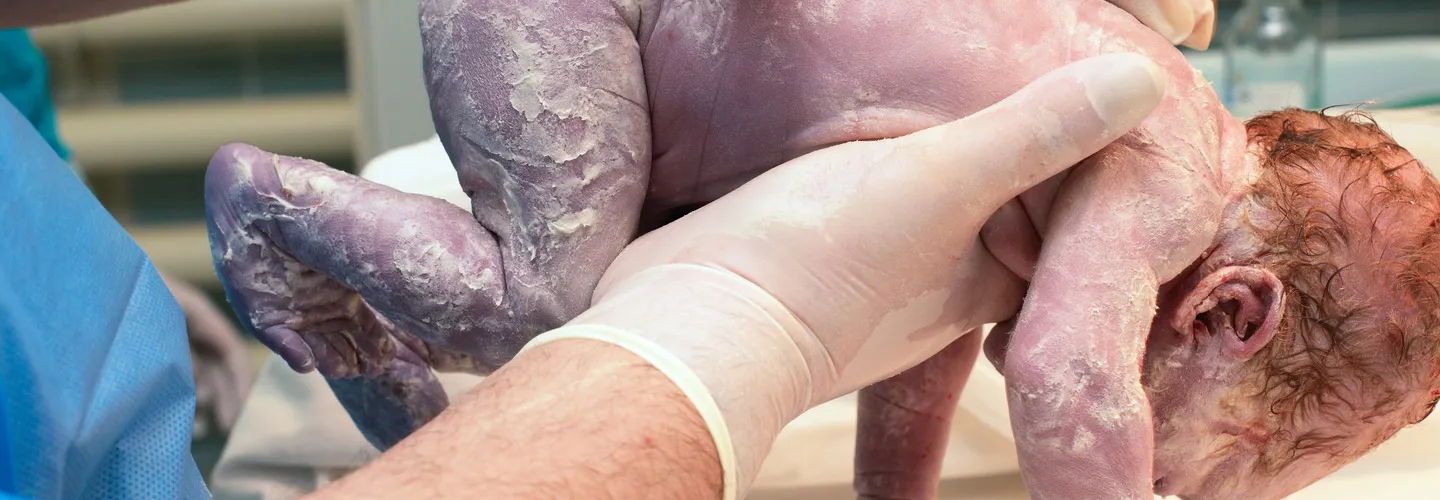Can IVF Babies Be Delivered Naturally?

Can IVF Babies Be Delivered Naturally?
In recent decades, advancements in assisted reproductive technology (ART) have revolutionized the field of infertility treatment, offering hope to countless couples struggling with conception. In vitro fertilization (IVF) is one of the most commonly utilized ART procedures, wherein eggs are fertilized outside the body and then implanted into the uterus. While IVF has helped many couples achieve their dream of parenthood, questions often arise regarding the mode of delivery for babies conceived through this method. Can IVF babies be delivered naturally? This article delves into the intricacies of IVF pregnancies and the feasibility of natural delivery.
Understanding IVF Pregnancies
IVF pregnancies, like natural pregnancies, progress through similar developmental stages. After successful fertilization of the egg and embryo transfer into the uterus, the pregnancy proceeds with regular prenatal care and monitoring. However, certain factors inherent to IVF pregnancies may influence the mode of delivery.
Factors Affecting Delivery Mode
Several factors influence the decision regarding the mode of delivery for IVF pregnancies:
-
Multiple Gestations: IVF procedures often result in multiple gestations, such as twins or triplets, due to the transfer of multiple embryos to increase the chances of successful implantation. Multiple pregnancies carry a higher risk of complications, including preterm birth and fetal distress, which may necessitate a planned cesarean section (C-section).
-
Maternal Health Conditions: Women undergoing IVF may have underlying health conditions, such as uterine abnormalities or previous cesarean deliveries, that impact the feasibility of vaginal delivery. Obstetricians carefully evaluate these factors to determine the safest delivery mode for both the mother and baby.
-
Fetal Position and Size: The position and size of the fetus play a crucial role in determining the suitability of vaginal delivery. Factors such as breech presentation or macrosomia (large fetal size) may increase the likelihood of requiring a C-section.
-
Labor Progression: Some IVF pregnancies progress through labor similarly to natural pregnancies, allowing for a vaginal delivery. However, if labor fails to progress adequately or complications arise, obstetric intervention, including C-section, may be necessary.
Feasibility of Vaginal Delivery in IVF Pregnancies
While the majority of IVF pregnancies result in successful vaginal deliveries, individual circumstances vary, and obstetricians must assess each case individually. Factors such as maternal health, fetal presentation, and gestational age are considered when determining the safest mode of delivery.
Studies have shown that singleton IVF pregnancies with favorable obstetric characteristics, such as cephalic presentation and adequate maternal pelvis size, have comparable vaginal delivery rates to naturally conceived pregnancies. However, the presence of multiple gestations or maternal comorbidities may increase the likelihood of requiring a C-section.
Conclusion
In conclusion, the feasibility of delivering IVF babies naturally depends on various factors, including the presence of multiple gestations, maternal health conditions, fetal position, and labor progression. While many IVF pregnancies result in successful vaginal deliveries, obstetricians must carefully evaluate each case to ensure the safety of both the mother and baby. Ultimately, the decision regarding the mode of delivery is made collaboratively between the patient and healthcare provider, taking into account individual circumstances and preferences.
The content has been created by Dr. Senai Aksoy and medically approved.
